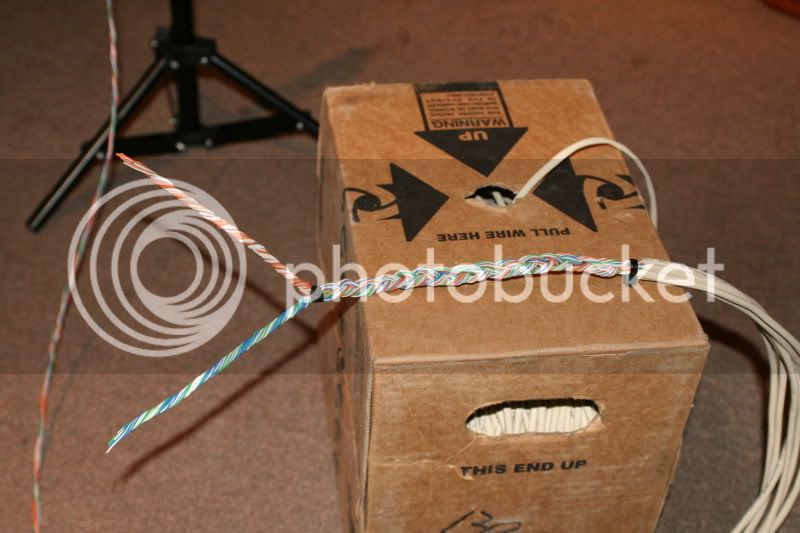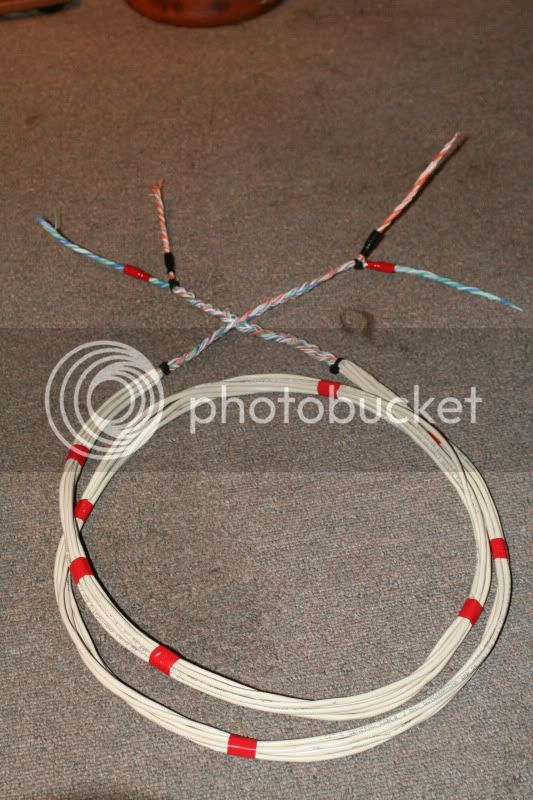JustinJ
Active member
I was at Lowes and noticed that they were selling electrical wire that looked like a solid piece of copper. It had three separate wires in it. They each had their own shroud and then the three shroud wires were covered with another covering. The wires were 10 gauge. The wire looked like something you might run for 220 volt work. I know that one of the wires was a ground.
I was thinking about making speaker wires out of this wiring. I would just put banana plugs on both ends. My concern is with the wire being one solid wire. Is one solid wire different than having multiple smaller wires? I know that most speaker wires that I've seen were multiple strands of copper intertwined.
Has anyone every made a speaker cable from this type of wire or one solid copper wire instead of multiple copper wires? I only have to go about 6 feet for each speaker.
Justin
I was thinking about making speaker wires out of this wiring. I would just put banana plugs on both ends. My concern is with the wire being one solid wire. Is one solid wire different than having multiple smaller wires? I know that most speaker wires that I've seen were multiple strands of copper intertwined.
Has anyone every made a speaker cable from this type of wire or one solid copper wire instead of multiple copper wires? I only have to go about 6 feet for each speaker.
Justin






